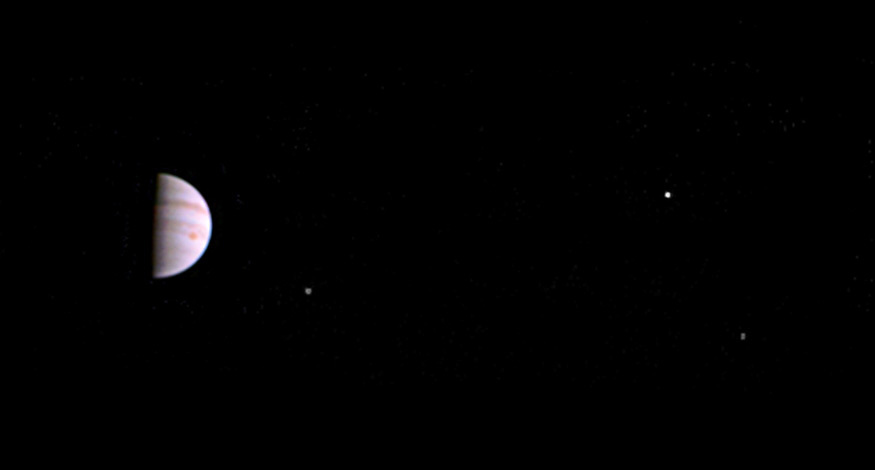
views
As we wait for Juno's first close-up images of Jupiter, NASA continues to explore our solar system to help answer fundamental questions about whether we are alone in the universe.
"There are many uncharted, promising worlds and objects we are eager to explore with our current and future missions," said NASA Planetary Division Director Jim Green. The James Webb Space Telescope, set to launch in 2018, can observe not only faint objects across the universe, but also all of our neighboring planets and their moons within our solar system.
With Juno exploring Jupiter, NASA is also intrigued by its largest moons. Io's intense geological activity makes it the most volcanically active world in the solar system.NASA has selected nine science instruments for a future mission to study whether Europa - a mysterious moon that scientists believe to have a liquid ocean beneath its icy surface - hosts habitable environments.
The Hubble Space Telecope has captured Jupiter's auroras and found evidence of saltwater on Jupiter's largest moon, Ganymede.

Titan is one of the major satellites of Saturn, with a rich atmosphere and surface chemistry that has been observed extensively by Cassini.
On July 14, NASA celebrated the one-year anniversary of New Horizons' flyby of Pluto, which brought the world unprecedented views of the dwarf planet and its moon, Charon. The mission has been extended to study an object in the Kuiper belt, an icy field of early building blocks of the solar system packed with primordial organics.
NASA's Dawn mission set out to investigate the solar system's two largest asteroids remaining intact since their formation - Vesta and dwarf planet Ceres.
NASA will launch OSIRIS-REx (Origins, Spectral Interpretation, Resource Identification, Security-Regolith Explorer) in September, the first US mission to a near-Earth asteroid to collect a sample for return to Earth in 2023. OSIRIS-REx will help unlock secrets of the history of our solar system, and shed light on how life may have come to be on our planet.
On our journey to Mars, we are closer than ever before to sending astronauts to the red planet, NASA said.
The Opportunity and Curiosity rovers are traversing Martian soil, while MAVEN, the Mars Atmosphere and Volatile Evolution Mission, the Mars Reconnaissance Orbiter, and Mars Odyssey are cruising the Martian skies above.
They are helping uncover Mars' past, present, and future by searching for clues in both the surface and the atmosphere. The next Mars rover scheduled for launch in 2020 is under construction, and NASA's InSight Mission to study the interior of the Red Planet is scheduled to launch in 2018.



















Comments
0 comment